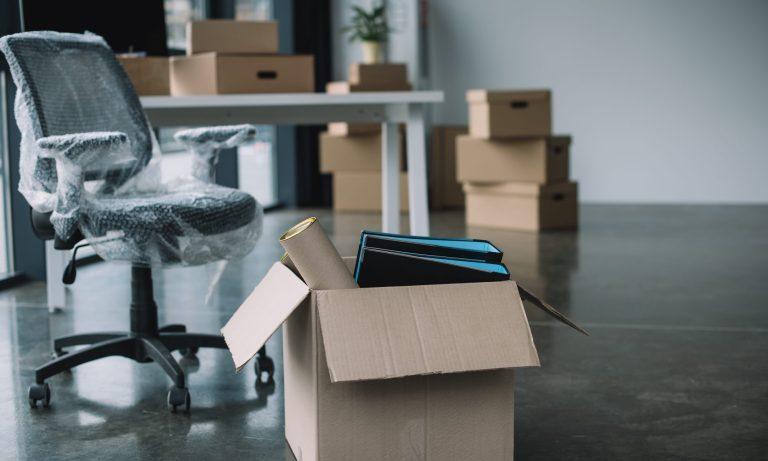Most people dread packing up their garage, as it is often where we store things we don’t want to think about or deal with! Garages contain some of the largest and some of the smallest items in your whole home, so the packing process can be quite involved. The good news is that many garage items often aren’t used all that often, so you can start packing up your garage as early as you like – it’s best to start here and leave plenty of time so you can really do it properly. You may find that there are many items in your garage you no longer need; this is the perfect time to go through and clean out items that are just taking up space. This will not only reduce costs when you hire local movers, but also make your enormous task of unpacking much easier. For some expert tips on how to pack your garage properly for a move, keep reading.
• Preparation is key – as mentioned, the most important part of packing your garage is going through and organizing all the items. You’ll be amazed by how much you are able to throw away, give to friends or donate, and this will make your task of packing much easier. Separate out the items that you are not packing, the items that you are, and the items that you are leaving for your residential moving service to deal with (for example, any large or heavy items). You may like to have a garage sale for the items you no longer need – it can be a fun way to clean out your garage, and you can include other items from your house as well, such as unwanted kitchen appliances. Remember, the less your home packers and movers must move, the cheaper your overall moving costs will be!
• Check for hazardous items – Most local reliable moving services will have a list of items that they are not allowed to move for you. You should ensure that you have a copy of this list in advance, so that you can prepare accordingly and make plans for how you will move these items. Items that are commonly on exclusion lists include plants (and soil), flammables (including power tools or equipment with fuel in the tank), corrosives, and explosives. Individual lists may vary so make sure you aren’t caught off guard when your home packers and movers can’t take certain items for you. If you own power tools with fuel tanks, you need to empty the tanks and leave the fuel cap open so the residual fuel can evaporate, for at least 24 hours before your move.
• Packing garden tools? Certain garden tools such as rakes or shovels can be difficult to pack, as they have long handles and pointy ends that need covering, and they don’t easily fit in boxes. The best way to pack these types of tools is to detach any parts you can, and pack the items in the original boxes if you still happen to have them. If not, you can wrap the “tool end” of the tool in bubble wrap to stop it becoming damaged during the move, and to prevent it from causing damage to other items. Generally, handles are fine to be left exposed. If you have a long thin box that you can fit tools in, great! If not, they’re usually okay on their own, or you can use a milk crate or other sturdy object to stand them up in. Put all your tools together and wrap the handles in twine to keep all items in a bundle, then cover the bundle in a packing sheet.
• Disassemble patio furniture – If you have patio furniture stored in your garage, packing for a move is a good excuse to clean it up. If items can be disassembled, disassemble them. If they can be stacked, stack them. If you have chairs with seat covers or cushions, it’s a good idea to take them off and wash them before your move, just make sure they’re completely dry before you pack them in a box.
Packing your garage may seem like an overwhelming task, but by breaking it into sections and starting different areas for things you want to pack, things you want to see/donate, and things you are saving for the movers to pack, you’ll find it’s not as bad as it looks, and you may even uncover a hidden treasure or two!






